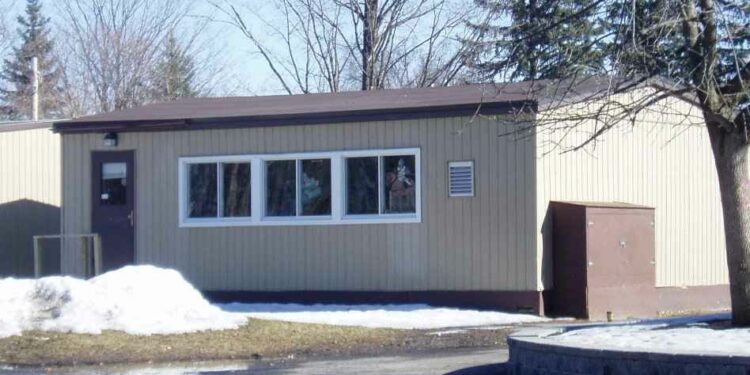Schools and institutions have frequent problems with infrastructure and space as a result of the constantly evolving educational landscape. As the need for educational facilities changes, temporary classrooms have become a common solution.
These adaptable buildings provide a useful and flexible substitute for conventional brick-and-mortar classrooms. If you are curious about temporary classrooms, this guide will give you all the information you require regarding temporary classrooms, their variations, their advantages, and how to manage them.
Table of Contents
What Are Temporary Classrooms?
Temporary classrooms are designed and fabricated in a factory using temporary materials to provide functional learning environments for universities, schools, and other educational institutions. They are typically portable buildings, which means you can dismantle and assemble them as you wish.
For educational institutions that are experiencing a space crunch as a result of rising student enrollment, construction projects, or other physical constraints, these structures are a quick and efficient solution. You can refer to this web page for more info before reading the other insights we have shared in this article.
Variations of Temporary Classrooms
- Portable classrooms made of shipping containers – It is easy to repurpose shipping containers these days, and many have been converted into portable classrooms. Experts in temporary buildings add necessary insulation, lighting, heating, ventilation, and air conditioning systems to make them completely functional.
- Modular temporary classrooms – These are temporary classrooms made of prefabricated module panels that are attached together to make classrooms. They enable learning institutions to create classrooms that meet their unique needs.
- Tented fabric temporary classrooms – These are flexible and affordable options for makeshift classrooms that are suitable for short-term uses. It takes little time to set up and take down these tensioned temporary structures; hence, they are suitable for emergency space needs.
How to Buy Temporary Classrooms
Are you planning to buy temporary classrooms for your school? If yes, then you should know the process. Luckily, this guide covers the considerations to make when buying these temporary buildings.
- Buy from a reputable seller – It is essential to buy temporary classrooms from a reliable provider with a reputable track record. You can vet multiple providers and check customer reviews to verify that you are dealing with a dependable and trustworthy seller.
- Consider the budget – It is important to consider your budget allocation when looking for temporary classrooms. Choose a structure that meets your needs while staying within your budget. Keep in mind that reputable temporary classroom sellers have cost-effective solutions.
- Choose durable materials – Select temporary buildings made of strong and high-quality materials that are capable of resisting harsh weather and frequent use. Fortunately, modern innovation provides very reliable temporary structures.
Benefits of Temporary Classrooms
Making a decision to buy and use temporary classrooms brings many benefits to your learning center. Just so you know, we will list the popular benefits you will enjoy in the short and long term.
Budget-friendly
When compared to permanent construction, temporary classrooms are more affordable; hence, they make a good option for schools that are on a tight budget.
Typically, temporary structures are less labor intensive and more easily deployed than traditional building projects, which also reduces the cost of installation.
As a result, educational institutions are able to allocate funds to other crucial areas of education thanks to this cost-effectiveness.
A time-saving solution
Many educational institutions have limited time or urgent projects that must be completed quickly.
Temporary classrooms come in handy because they may be set up considerably more quickly than conventional structures, enabling schools to quickly accommodate pupils and prevent disruptions to the learning process.
Flexibility and versatility
Temporary classrooms offer unmatched flexibility since they can be moved or modified to meet the changing demands of a school. This versatility can save a wide variety of resources for a school.
Eco-friendly
Many temporary classrooms support environmental sustainability by decreasing waste and repurposing existing resources, especially those constructed from recycled materials.
Educational institutions can have a good impact on the environment and encourage students to practice sustainability by selecting eco-friendly solutions.
A well-equipped building
It is easy to equip temporary classrooms with state-of-the-art amenities such as technology devices, ergonomic furniture, and smart teaching tools. Such structures foster an environment conducive to learning and enhance the overall educational experience.
Conclusion
Temporary classrooms should be well maintained in order to last a long time and remain safe. So, make a routine check for any maintenance needs. With this, your temporary classrooms will offer a useful and effective learning environment.



















